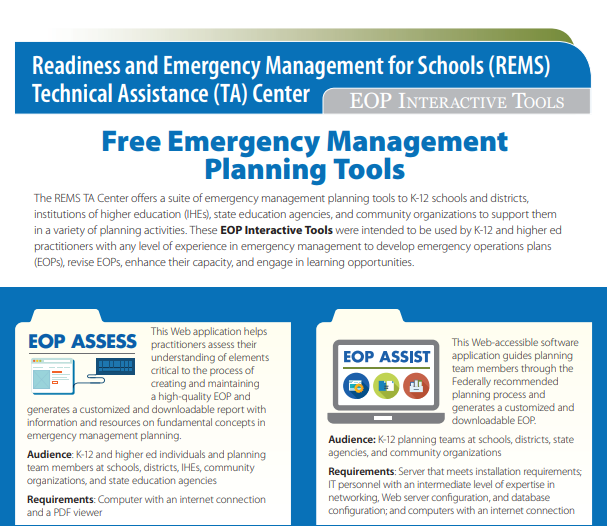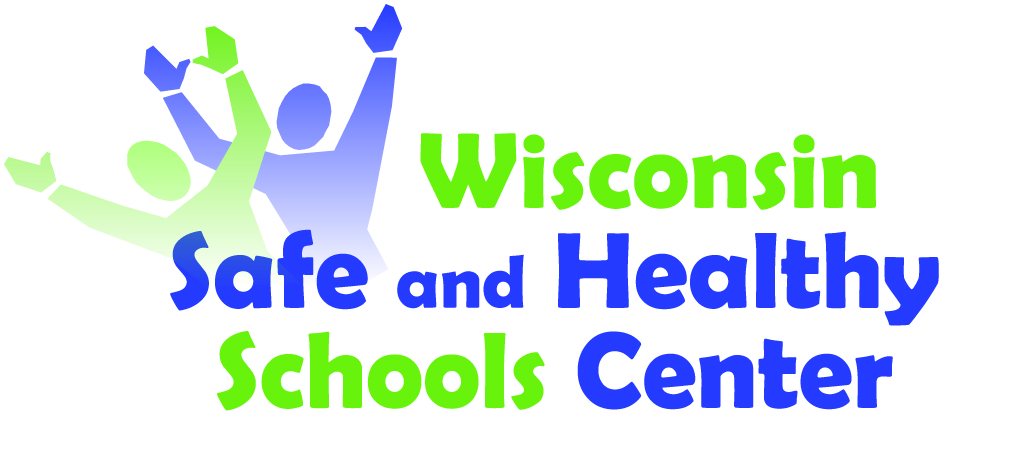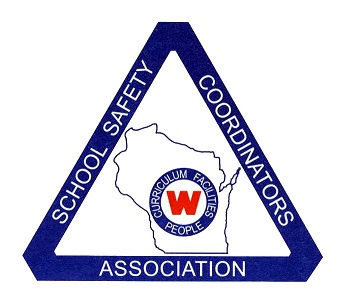Readiness and Emergency Management for Schools

The Readiness and Emergency Management for Schools (REMS) is a federal initiative which provides K-12 school districts with the means to develop an effective Emergency Operations Plan (EOP). The REMS website also has a toolbox which makes available exemplary components of a good EOP, including assessing risk.

Are you currently updating or plan to update your School Safety Plan (Emergency Operations Plan) to include a Pandemic Response? See REMS Addressing Biological Hazards website
Wisconsin Safe and Healthy Schools Training & Technical Assistance Center

The Wisconsin Safe and Healthy Schools Training & Technical Assistance Center or WISH Center is a collaboration between the CESA Statewide Network and the Wisconsin Department of Public Instruction as a state-wide delivery mechanism for alcohol, tobacco, other drug, violence, and bullying prevention training. The goal of the Safe & Healthy Schools Center is to provide professional learning opportunities for adults in person, online, and follow-up technical assistance. We will continue to build the capacity of Wisconsin schools to plan, implement, and evaluate the programs that most effectively prevent alcohol and other drug abuse and violent behaviors among youth in order to reduce barriers to learning.
Wisconsin Department of Justice Office of School Safety (WDOJ-OSS)

The Wisconsin Department of Justice’s Office of School Safety provides many resources for use by school districts, including a Comprehensive School Security Framework, threat assessment protocols, school safety assessments, and information about mandatory school safety drills.
Speak Up Speak Out Wisconsin webpage
DOJ – OSS Training Opportunities
Federal Resources
Wisconsin School Safety Coordinators Association

WSSCA is an association of professionals dedicated to the task of improving security, safety, and health in Wisconsin's schools. Find newsletters, upcoming events, and more at http://www.wssca.org.
School Safety Coordinator E-mail List
The School Safety Coordinators e-mail list is used to update the field about issues relevant to multiple aspects of school safety from physical security (cameras, metal detectors) to mental health and school climate. If you would like to be added to the School Safety Coordinators e-mail list or update your district’s representation, please contact Elizabeth Pease.
Crisis Communications Kit

The Wisconsin School Public Relations Association (WSPRA) is proud to provide to Wisconsin school districts its award-winning Crisis Communications Tool Kit. As WSPRA’s contribution to the Safe Schools Initiative, this critical emergency resource is now available free of charge.
A link to the download is available on the WSPRA website.
The National Association of School Psychologists
NASP Tips for Talking to Children for Parents and Teachers
NASP Best Practice Considerations for Schools in Active Shooter and Other Armed Assailant Drills